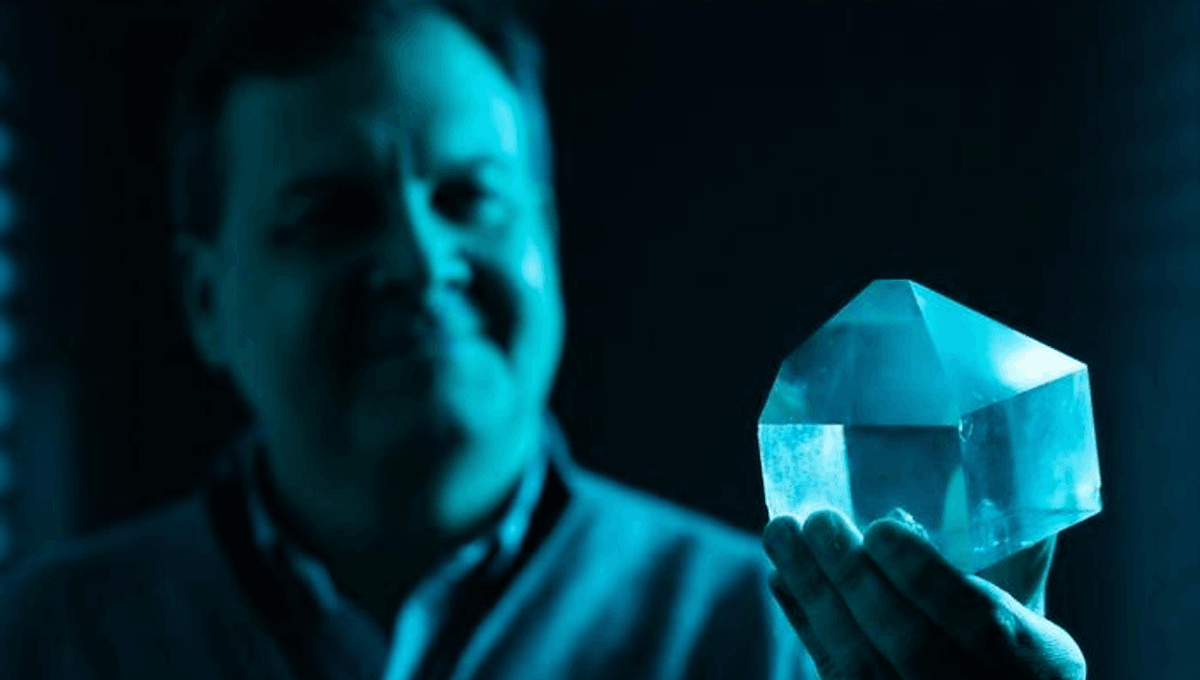
New light has been shed on how molecules leave a solution to become part of a growing crystal. Since crystals’ properties depend on their size and shape, and these are influenced by their growth rate, the research opens the door to modifying crystal formation to improve usability.
Crystals are far more common and crucial than just the pretty stones that are most people’s first association with the word. They can be formed from essential proteins in our bodies, power our lives in the form of solar cells, and provide the semiconductors that allow you to read this article. Yet crucial aspects of the process of crystal formation have remained mysterious. A new study reveals how molecules attach to sites on the crystal surface so the crystal can grow.
Whatever the word may mean to you, in materials science kinks are deviations caused by a dislocation defect. They allow crystals to deform under shear forces. Moreover, scientists at the University of Houston note in their new paper, “The growth rates of crystals are largely dictated by the chemical reaction between solute and kinks.” In other words, when molecules in solution attach to crystals so that they grow, they do it by bonding to the kink.
As with so much in science, working out the details has proven difficult, but the Houston team have explored the reactions of four solvents at kink sites in exceptional detail.
“We show that the binding of a solute molecule to a kink divides into two elementary reactions,” they report. “First, the incoming solute molecule sheds a fraction of its solvent shell and attaches to molecules from the kink by bonds distinct from those in its fully incorporated state. In the second step, the solute breaks these initial bonds and relocates to the kink.”
A preliminary bond is formed between the solute molecule and the kink in the first stage, but this needs to be broken before final incorporation can be achieved, something the authors admit is counterintuitive.
“For decades crystal growth researchers have dreamt of elucidating the chemical reaction between incoming molecules and the unique sites on a crystal surface that accept them, the kinks,” said senior author Professor Peter Vekilov in a statement. “The mechanism of that reaction, i.e., the characteristic time scale and length scale, possible intermediates and their stabilities, has remained elusive and subject to speculation for over 60 years.”
The authors found molecules are incorporated into the crystal much more slowly than the solvent supplies them. This, they write, “announces the presence of an activation barrier.” The same is not seen when crystals grow from gas, indicating the barrier is a product of shells in the solvate. Bonds between the solute and the solvent need to be broken to allow the crystal to grow.
This means, the authors conclude, that the intermediate state prior to molecules relocating to the kink determines the speed of crystal growth.
“The notions of an intermediate state and its decisive role in crystal growth refute and replace the dominant idea in the field,” Vekilov said.
Ironically, that dominant idea – that the activation barrier is determined by interactions in the solution prior to encounters with the crystal – was proposed by Vekilov’s PhD advisor AA Chernov decades ago. Perhaps in a peace offering to Vekilov’s former advisor (who previously served as president of the International Organization of Crystal Growth), the authors acknowledge some crystals may grow in a one-step process, but they suggest this is “likely limited to high-symmetry solute that are comparable in size to the solvent.”
To unravel the growth process the authors used not only X-ray diffraction – for a century our key tool to understand crystal structures – and absorption spectroscopy, but more advanced techniques, including time-resolved in situ atomic-force microscopy. The latter is now able to resolve objects at almost molecular scale.
The study is published in Proceedings of the National Academy of Sciences.
Source Link: How Do Crystals Grow? In A Two-Step Process Driven By Their Kinks